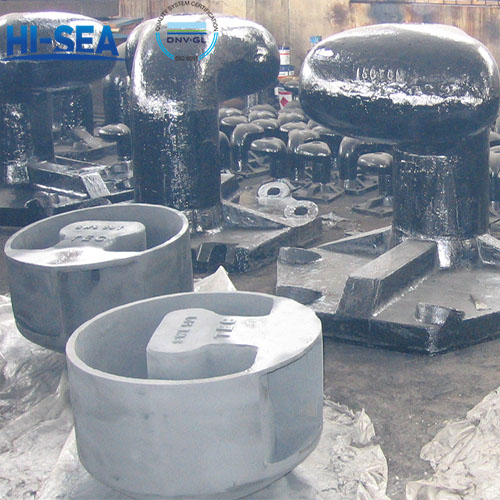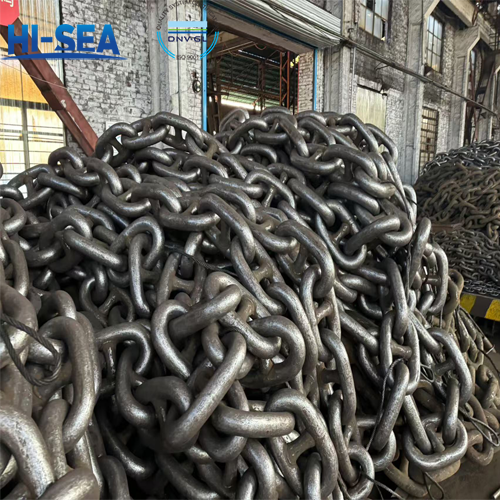
Dock Bollard Production Process
The production process of dock bollards, which are critical components used for mooring ships, involves several key steps. These steps include material selection, casting, machining, testing, and finishing. Here's a detailed overview of each step:
Overview
Material Selection:
Material Choice: Typically, dock bollards are made from cast iron, steel, or ductile iron due to their high strength and durability.
Material Testing: Ensuring the selected material meets the necessary standards for tensile strength, corrosion resistance, and impact resistance.
Casting:
Mold Preparation: Using the pattern to prepare sand molds. These molds will form the shape of the bollard.
Melting: Melting the selected metal in a furnace to the required temperature.
Pouring: Pouring the molten metal into the prepared molds and allowing it to cool and solidify.
Machining:
Cleaning: Cleaning the casting to remove any sand, scale, or residual material.
Machining Operations: Machining the bollard to achieve the precise dimensions and surface finish as per the design specifications. This may involve turning, milling, drilling, and grinding.
Testing:
Visual Inspection: Checking for surface defects, cracks, or any other imperfections.
Dimensional Inspection: Verifying the dimensions and tolerances using precision measuring tools.
Load Testing: Subjecting the bollard to mechanical load tests to ensure it can withstand the required forces.
Finishing:
Surface Treatment: Applying coatings such as galvanizing, painting, or powder coating to enhance corrosion resistance and aesthetic appeal.
Final Inspection: Conducting a thorough final inspection to ensure the bollard meets all quality standards and specifications.
Marking: Marking the bollard with identification information, such as serial numbers, manufacturer's logo, and load capacity.
Verification: Conducting on-site verification to ensure proper installation and performance.
This comprehensive process ensures that dock bollards are produced to high standards of quality and durability, capable of withstanding the demanding conditions of maritime environments.





